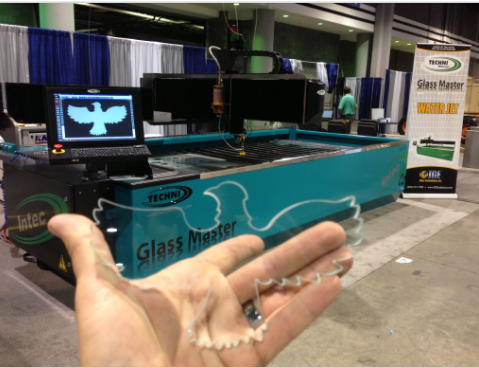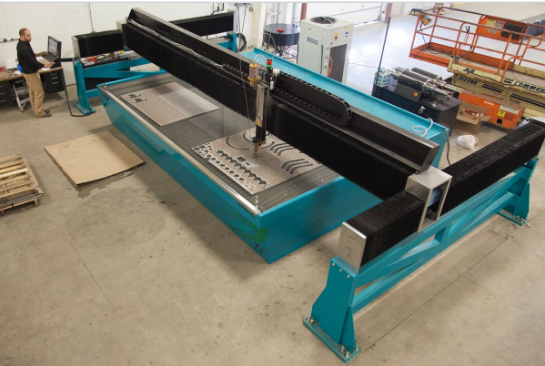When it comes to high-precision cutting, machines such as plasma, laser, and waterjet cutters are considered premier options. Industrial applications from automotive to aeronautics benefit greatly from these machines’ respective capacities to deliver quality results.
How do they fare, though, when they are stacked up against each other? And which one is best for your organisation? Let’s compare advantages and disadvantages.

Plasma Cutters
High definition plasma cutting equips industrial operations with the ability to cut parts with as much as 0.008″ and higher accuracies. It can also process mild steel, as well as various materials. There are different table sizes and lengths available, to match your specific needs. In addition, the learning curve is fairly straightforward – so your team does not have to worry about taking too much time for training. And lastly, it is the most affordable machine option among the three.
However, it is not as flexible as laser when processing materials with differing thicknesses. The edge quality of its stainless steel cuts, in particular, also fail to meet market standards when compared to what the other two cutting techniques can deliver. Cutting head components should be changed, too, every now and then during the process which can translate to reduced efficiency and less material quality consistency. Furthermore, it generates rather significant heat affected areas when cutting which makes it unviable for certain applications.

Laser Cutters
Laser cutters yield smaller heat affected areas, which makes it more favourable than plasma cutters for certain industrial specifications. They also feature narrow kerf widths which allow them to cut diameter holes with less than ½ material thickness. Like plasma, laser cutting can work through various materials and profiles, with higher part accuracies. And it can run unattended, provided the right material handling option is selected.
Unfortunately, it is the most expensive cutting equipment of the three. Even more importantly, laser can lead to micro fractures in certain materials, which makes it unfit for aerospace applications. As well, when cutting reflective metals like aluminum, the focusing lens may be damaged. At the same time, laser operators need to be protected from the potential dire effects of exposure to the laser beams.
Waterjet Cutters
Waterjet machines employ the use of high-pressure streams of water for cutting applications. Some advantages of waterjet cutting include the fact that water is a non-explosive, safe material that presents considerably less risk when compared to laser and plasma options. Like the other two, its is a very versatile machine and in fact, it can cut many more materials than the other two. Material quality is also considerably better, as waterjet cutters do not develop heat affected areas. It is also environmentally friendly whereby the excess water from the cutting process can be drained to a sewer (treated or untreated), and it does not generate noxious fumes and other safety risks during operations.
The only real drawback to waterjet cutting is that it can get noisy, but if the owner selects the proper equipment like an Electric Servo Pump and a tank with automatic water raise and lower for submerged cutting, waterjet cutting can be nearly silent.


